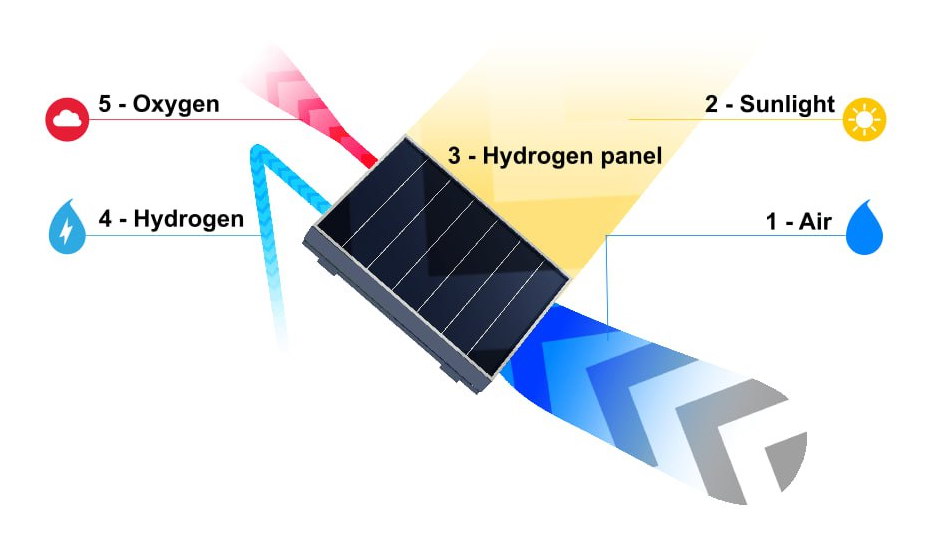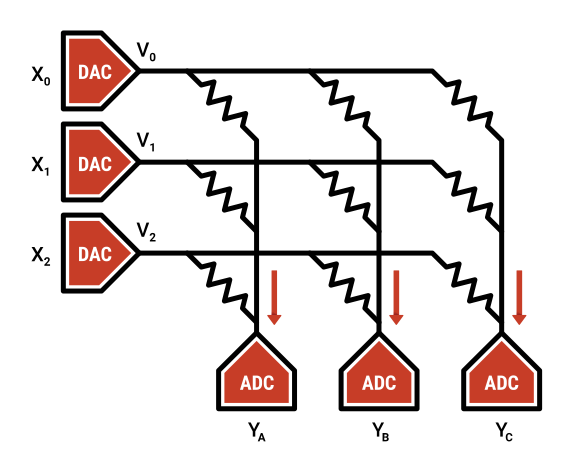Achieving unmatched efficiency and performance
A solar panel that produces hydrogen

Hydrogen panels are modules that use solar energy to produce hydrogen gas. They are much akin to classical solar photovoltaics, but instead of an electric cable they are connected via gas tubes. Just like solar panels, they can be used in many ways. Hydrogen panels can be installed on the roof of a building, but we are exploring many more potential applications.
Air contains moisture. The water molecules in the air are captured by the panel when the airstream enters the device.
Solhyd technology can be applied in many locations around the globe. Only the most arid places on Earth are expected to be too dry for hydrogen panels to work efficiently.
Sunlight irradiates the panel and provides the necessary energy. As more sunshine is received by the hydrogen panel, more hydrogen gas can be produced.
The hydrogen panel is able to capture moisture from the air and use energy from the sun to split water molecules into hydrogen and oxygen, by using innovative materials. The device only contains low cost, abundant materials and the use of precious metals is excluded.
The hydrogen panel has no cable: only an outlet which provides pure green hydrogen. The panel produces hydrogen gas at low pressure. This may be stored locally at elevated pressures (after compression) or be transported via pipelines. It can be used in a broad range of applications.


Dataflow Architecture
Maximizing inference performance through careful architecture design



